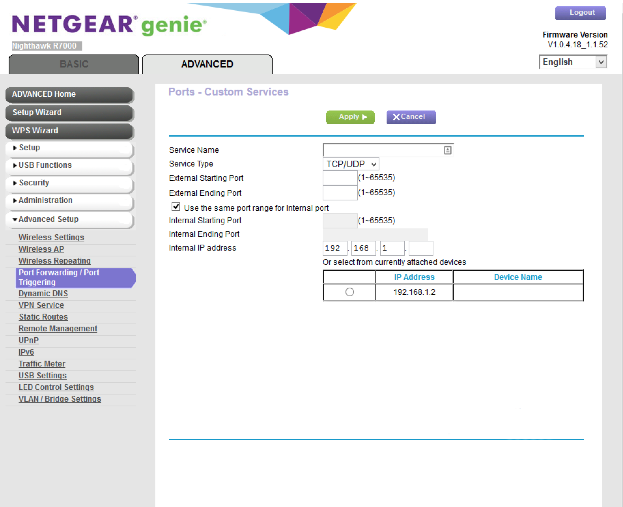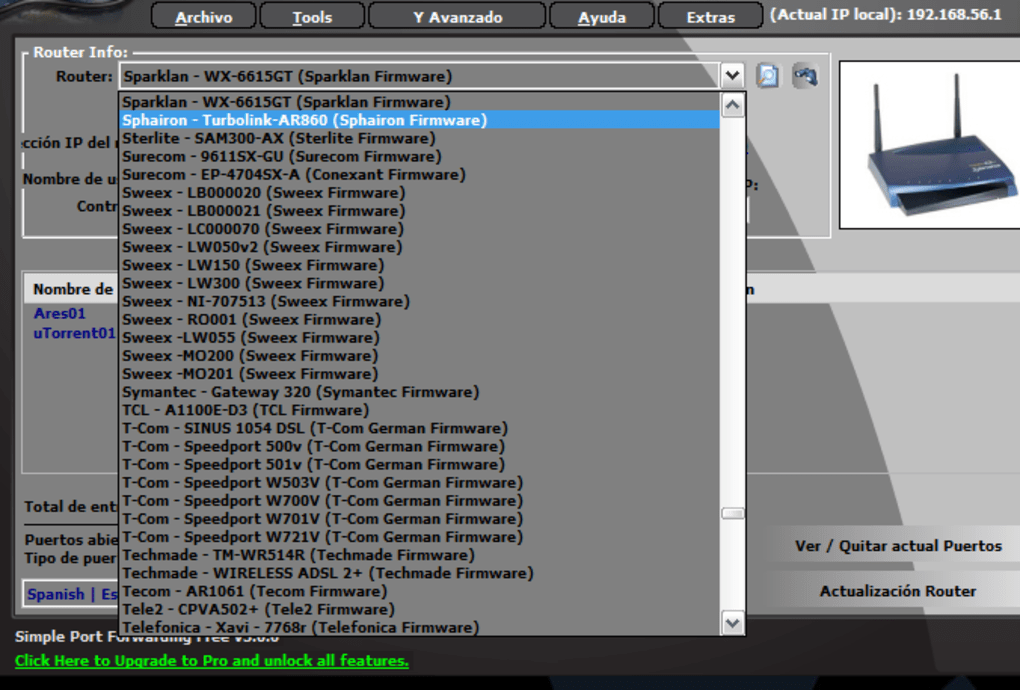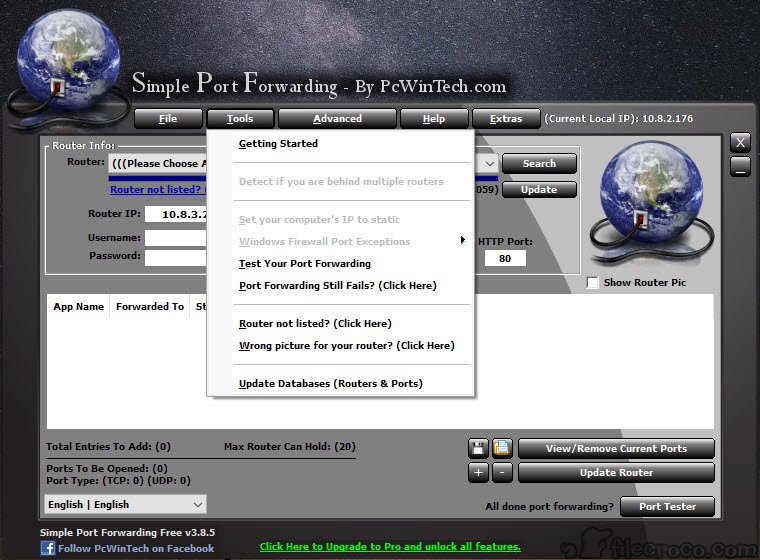

In this article, you’ve learned how SSH port forwarding allows you to access remote UNIX sockets. Var portForward = await PortForward.ForwardAsync(., o => o.IdentityFile = "mysecretkeyfile") You can also explicitly specify a key file using PortForwardOptions.IdentityFile: In this example, we are using the preconfigured private key of the user.

Using (var portForward = await connectionString = $"Server=")

#PORTFORWARD PROGRAM HOW TO#
The following example shows how to use it in combination with the Npgsql package to connect to a PostgreSQL server: PortForward.cs provides a simple PortForward class that wraps the ssh client to do port forwarding. NET class to provide a cross-platform way to set up a port forward. In the next section, we'll wrap it with a.
#PORTFORWARD PROGRAM WINDOWS#
The ssh program is not only available on Linux, but it is also part of Windows 10. We are providing the sleep 10 command to make the ssh command exit in case no TCP connections are forwarded in 10 seconds. Our -L argument has localhost:1234 for the local TCP end and the path /var/run/postgresql/.s.PGSQL.5432 as the remote UNIX socket end. Ssh -L localhost:1234:/var/run/postgresql/.s.PGSQL.5432 sleep 10 We can use UNIX sockets (identified by a file system path) or TCP sockets (identified as a host:port).įor example, to make the remote PostgreSQL server running on available on the local machine at port 1234, we can use the following command: To do that, the ssh client program will open up a local socket and any connection made to that socket will be forwarded over the secure channel and delivered to the socket on the remote machine by the SSH server.Ī port forward can be set up by passing the -L flag to the ssh client:Īs you can see, we need to specify the local end and the remote end. Port forwarding means that a remote socket is made available locally. SSH includes a mechanism for authenticating against the remote system, and it provides an encrypted channel for communication.Ī (perhaps less known) feature of SSH is its ability to forward ports. Secure shell (SSH) is a well-known, secure mechanism for running commands on a remote machine. Alternatively, we can use SSH port forwarding. However, this makes the service responsible for implementing authentication (identifying users) and encryption (ensuring the messages can't be understood by a third party). To access such services remotely, we could make them accessible using TCP sockets instead of UNIX sockets. SELinux allows even more fine-grained control. To access a service, the user must have permissions to the path. And, finally, UNIX domain sockets are identified with a path in the file system. Second, we can identify the userid of the other process and use that to authorize the user. First, it isn't possible to access them via the network. This approach also brings some security features. The main interface of the program is small and clean. So whether you don't understand how to forward ports, or you're simply looking for an easier way to forward ports then this program is for you. UNIX domain sockets provide a way to exchange data between processes running on the same host. The program works by automating the process for you. In this article, we'll show how you can access such services remotely from. Many Linux services (like D-Bus, PostgreSQL, Docker, etc.) are made accessible locally using a UNIX socket.


 0 kommentar(er)
0 kommentar(er)
